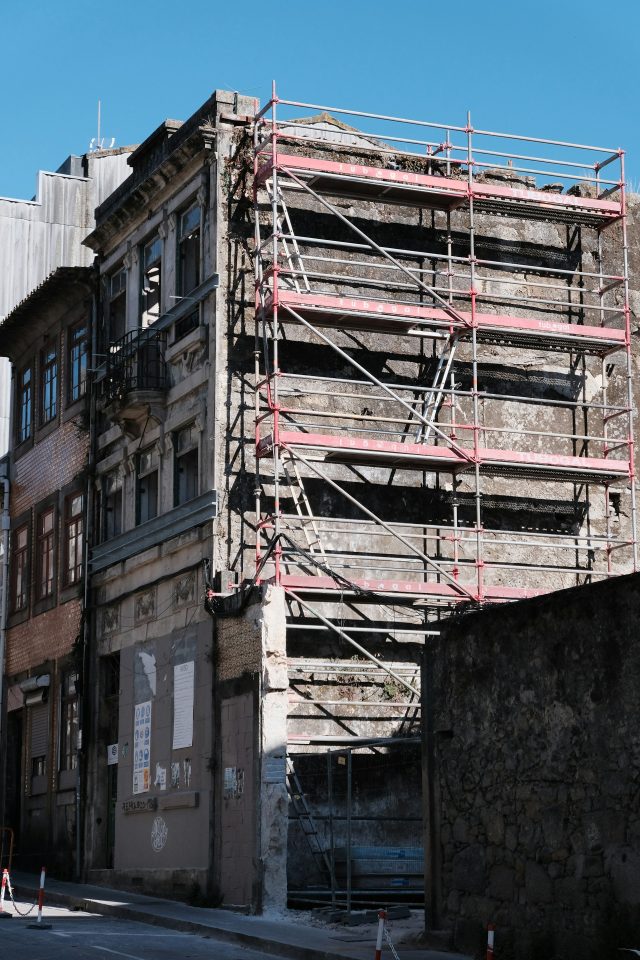
Renovating an old commercial building is a significant undertaking that requires careful planning and execution. It’s an opportunity to breathe new life into a structure, enhancing its functionality and aesthetic appeal. For business owners and property developers in the UK, this process not only represents a financial investment but also a commitment to preserving a piece of architectural history. In this comprehensive guide, we’ll explore the essential considerations to keep in mind when embarking on such a project, from understanding structural challenges to navigating legal requirements.
Understanding Structural Integrity and Safety
Before delving into any renovation project, assessing the structural integrity of the building is paramount. This step is crucial in ensuring the safety and longevity of the structure. It involves a thorough inspection by qualified professionals who can identify any critical issues, such as foundation weaknesses, compromised load-bearing walls, or deteriorating roofing systems. Addressing these concerns at the outset can prevent costly repairs down the line and ensure the building meets current safety standards.
Dealing with Rust and Corrosion
One common issue in older buildings, especially those with metal components, is rust and corrosion. Treating rust effectively is vital to protect the structural integrity and aesthetic quality of the building. Utilising advanced solutions like rust converters can halt the progression of corrosion, thereby extending the lifespan of metal elements. For those looking for reliable products and advice, Neutrarust offers a range of options for treating rust, tailored to different needs and applications. Investing in quality rust treatment not only enhances the building’s durability but also contributes to its overall visual appeal.
Navigating Planning Permissions and Regulations
In the UK, renovating a commercial building often requires navigating a complex web of planning permissions and building regulations. It’s essential to understand the local council’s requirements, especially if the building is listed or located in a conservation area. Adhering to these regulations is crucial to avoid legal complications and ensure the renovation is compliant with local standards. This might involve submitting detailed plans, using specific materials, or retaining certain architectural features.
Incorporating Energy Efficiency and Sustainability
Modernising an old commercial building provides an excellent opportunity to improve its energy efficiency and sustainability. This could involve upgrading insulation, installing energy-efficient windows, or integrating renewable energy sources like solar panels. Not only do these improvements reduce the building’s carbon footprint, but they can also lead to significant cost savings in the long run. Moreover, they align with the growing environmental consciousness among businesses and consumers alike.
Maximising Space and Functionality
When renovating an old commercial building, making the most of the available space is crucial. This means not only maximising the usable square footage but also considering the functionality of each area. It involves clever design strategies to create an efficient layout that caters to the needs of the business or tenants. This could include reconfiguring floor plans, removing non-load-bearing walls to create open spaces, or adding mezzanines for additional room. The key is to balance the building’s historical character with modern needs, ensuring a practical yet aesthetically pleasing space.













